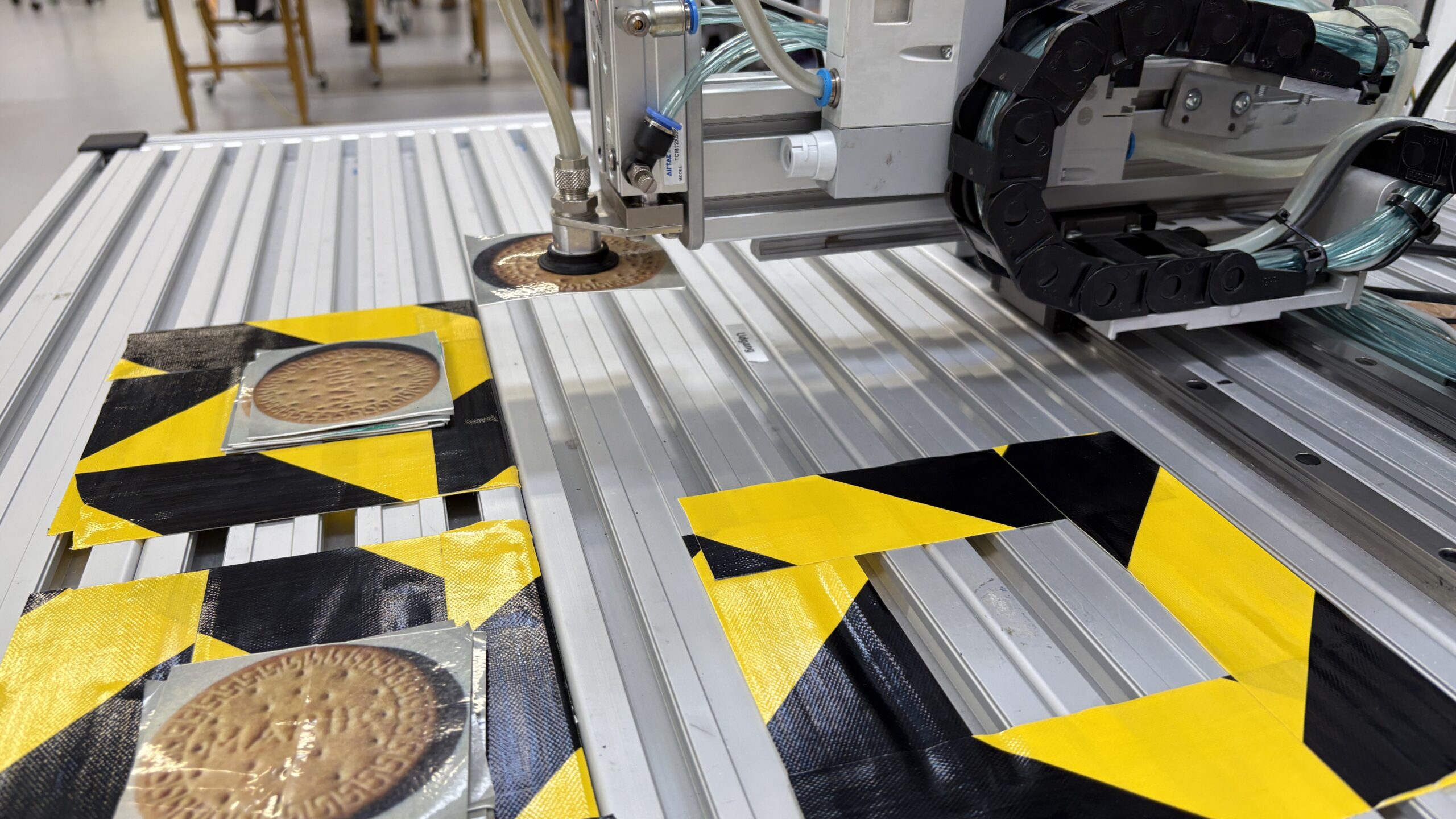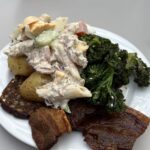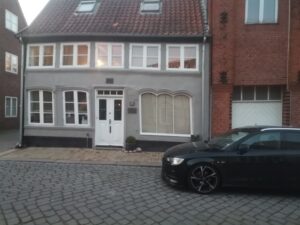During the second week of school in Sønderborg, we focused on PLC programming. PLC stands for Programmable Logic Controller, a type of industrial computer used to automate machines and processes. It takes inputs from sensors and switches, processes the data, and controls outputs like motors, lights, or pneumatic cylinders.
We started by learning the basics—how PLC logic works, including concepts like AND, OR, and memory functions. After a quick theoretical overview, we got our first assignment: creating a simple program where pressing a button would turn on a light, and pressing it again would turn it off.
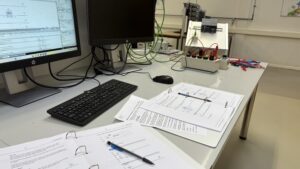
As the week progressed, we learned about timers, counters, and other PLC functions. Each day, our tasks became more challenging. By the end of the week, we were working with pneumatic cylinders and sensors, which required precise programming to control their movements. It was tough, but also really rewarding.
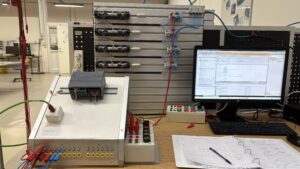
For those of us who finished early and showed good understanding, the teacher gave us an extra challenge. I was given a machine with three axes and a vacuum system, along with two stacks of pictures—one with bread slices and the other with salami. The task? Program the machine to make a sandwich.
At first, it seemed simple, but programming the exact sequence of movements while handling the vacuum and positioning the components correctly was quite a challenge. However, after some trial and error, we managed to get it working.
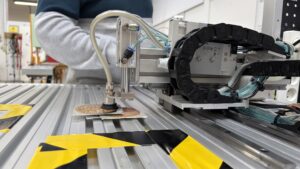
This was definitely one of the coolest assignments we had so far—it was both fun and a great hands-on experience with automation and robotics!
